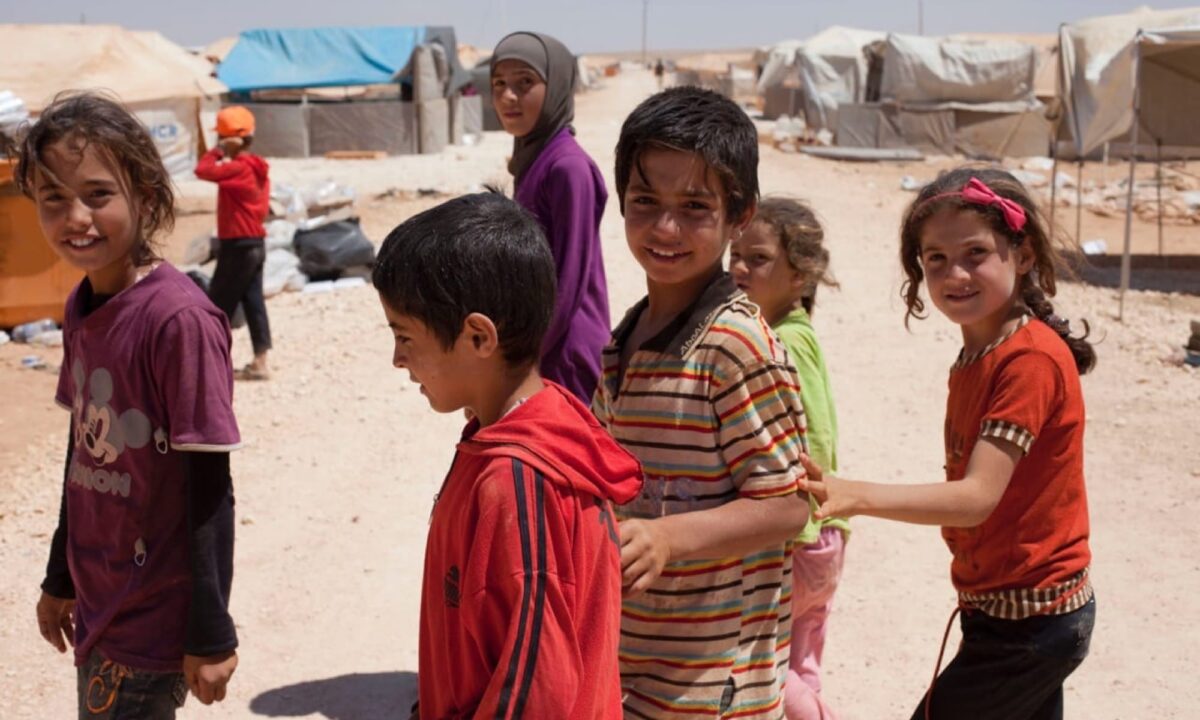Emergency Humanitarian Response for Syrian Refugees in Jordan

June 15, 2012
This project provided 240 Syrian refugee children in Jordan with uniforms and books so that they can attend school. $25 will buy one school uniform, and $45 will buy books for mathematics, history, physics, chemistry, Arabic language and literature, English language and Islamic studies. 60 children from the host community could receive support to foster good relations with the refugee community.
Syrians are not currently recognized as refugees by the government or the United Nations High Commissioner for Refugees (UNHCR) so they rely heavily on aid and the generosity and hospitality of the Jordanians. However aid is set to dwindle as the burden on the host community increases, while the violence across the border rages. About 2000 families (17,500 people) who fled Syria and settled just over the border in Mafraq and Ramtha were living in poverty with little or no safety net and no means to send their children to school.
For these children, experiencing life as a refugee, can be frightening and disorientating, but by doing something as routine as going to school can help give a sense of normality and reassurance. It also means that they do not miss out on crucial education for their future prospects. The school was hosted by the Islamic Charity center where there were already 110 other Syrian students.
Additional information
Syrian refugees and asylum seekers started emerging in Jordan, particularly in the governorate of Mafraq and the city of Ramtha on the northern borders of the Hashemite Kingdom of Jordan, as early as March 2011. Due to the ongoing revolution in Syria, Syrians continue to flee to Jordan, both legally through the borders and illegally, to seek refuge. With no end in sight for the crisis, the number of refugees arriving in Jordan is set to only increase – May 2012 saw the arrival of the most refugees recorded in a single month thus far, totaling 7,800.
Results
Mercy Corps provided 240 Syrian and 60 Jordanian children between the ages of 8-13 years old with school uniforms and books which enabled them to attend school at the Islamic Charity Centre in northern Jordan. The books covered the core subjects of mathematics, history, physics, chemistry, Arabic language and literature, English language and Islamic studies. Additional funding paid for the school’s expenses, such as salaries to the staff, and for the school bus which is essential for allowing girls to attend school daily.
Case study
“I am so happy with my uniform. I have never had a uniform or even books since I was not attending school back in Homos. I have made five new friends in school. I love my school bag and the stationery. I feel that I am now the same as other students”
Zamzam, 6 years old.